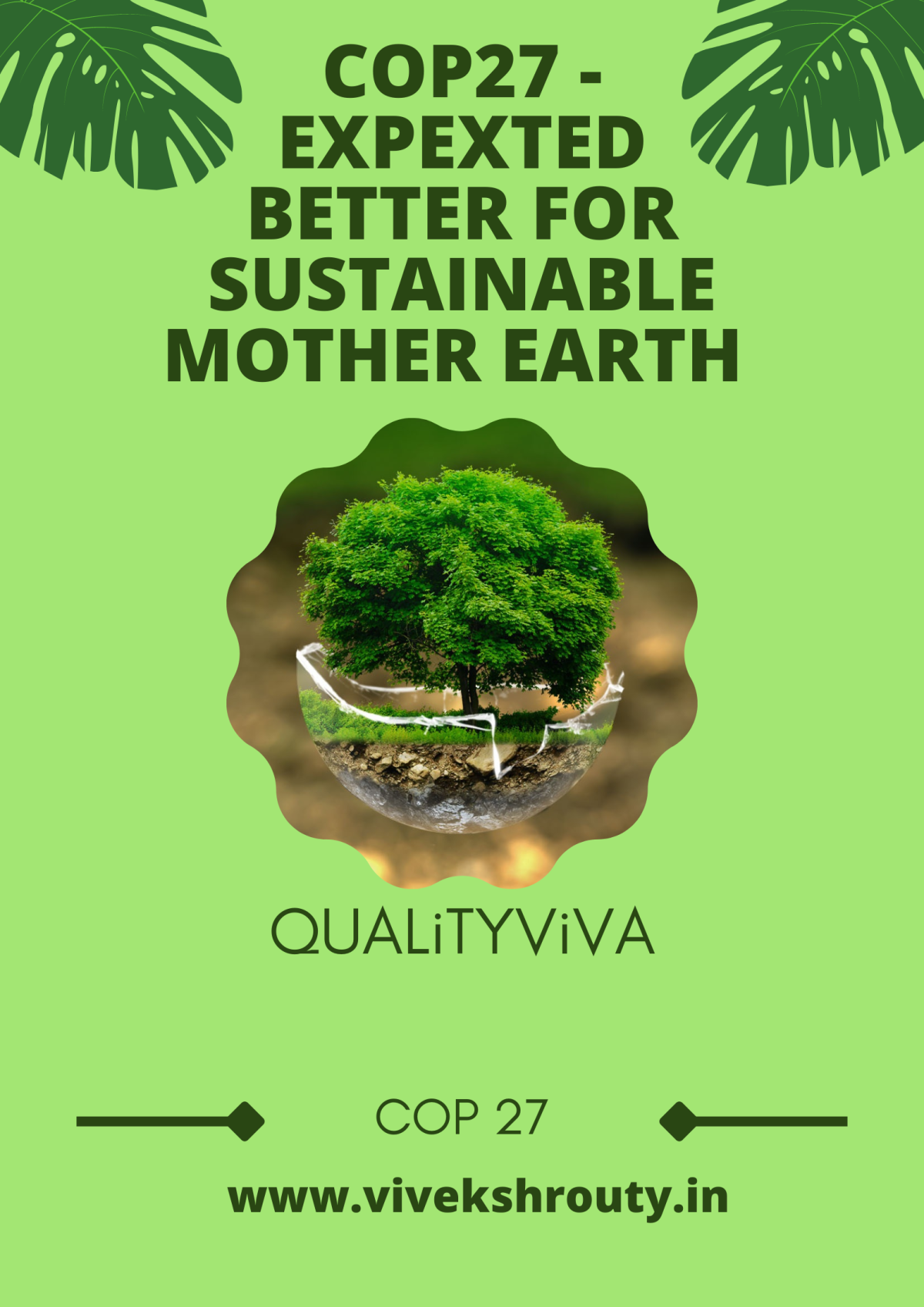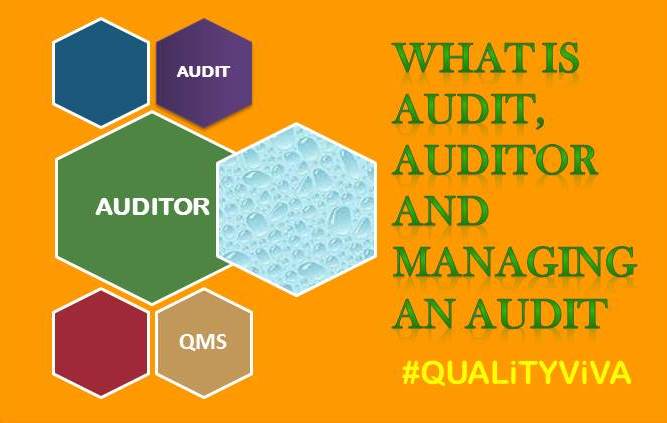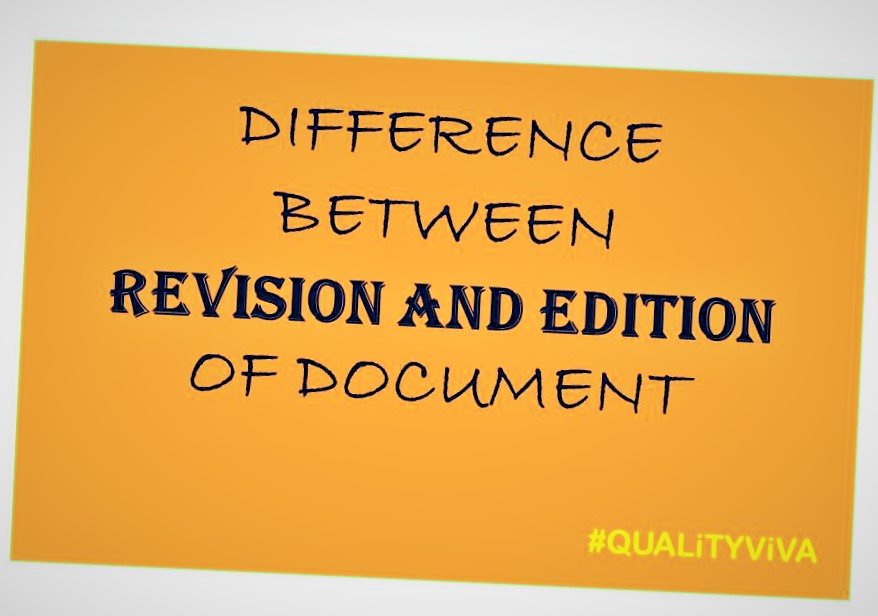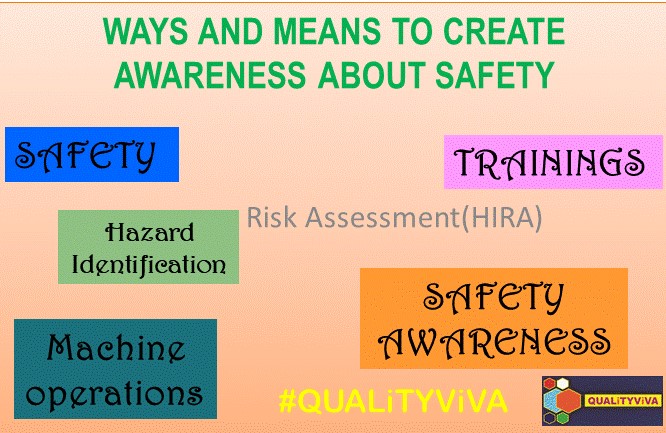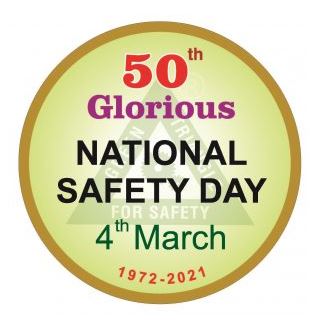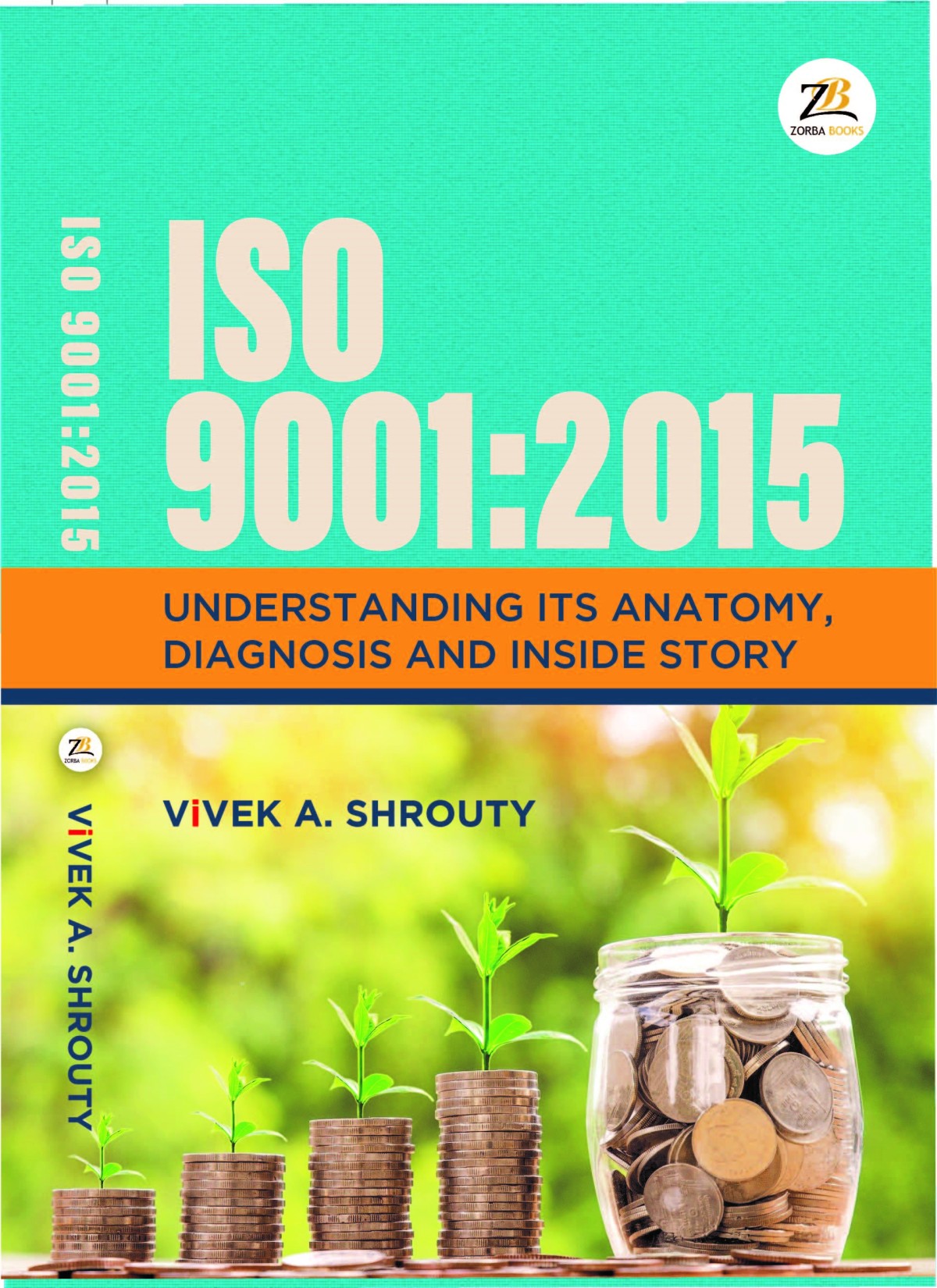Workers and employees are working in industries and organizations to live their life in a good way and are doing this on a continuous basis to earn the money for their family and to support the organization.
In this act Workers and employees spend most of their life time in the industries and organization and this is the area where they must have a safe atmosphere to work.
Safety at the workplace is most important for the employee and employer and fact is, both want to work in a safe environment.
Safe work culture in any industry and organization helps to improve the productivity and quality of product, without loss of time that is in an efficient and in effective way.
It is the fact that work- related injuries, illness and death affect once life and his family who is dependent on him and it pays the tremendous loss not only to industries but also to the society.
I feel very sad about any loss of human life which is always compared to financial but could not be estimated as related to love and affection.
The loss because of illness, injury and death are the loss of income of the family, Well-being of the family, sometimes loss of job, health and medical issues.
On the other hand this loss result in production loss, training of employees, hiring of new employee
To overcome these losses because of illness, injury there shall be various initiatives are to be taken in the industries and organizations such as,
1. Training on safety
2. Safety audits
3. Safety promotion activities
4. Use of promotional material to display/ distribution for awareness on safety
5. Different ways to celebrate/observe various days for awareness about safety
6. Safety awareness
- Training on safety
Before going for any training there should be proper assessment to be carried out for applicability and necessity of the particular training in the organization. Training must be based on the condition in the organization like hazard, use of any dangerous chemical, use of tools and tackles etc.
Some of the examples training in general useful in the industries are,
- Training on pressure vessel.
- Training on use of tools and tackles
- Training on testing and examination of lifting tools and lifting machinery
- Training on electrical safety
- Training on chemical safety
- Training on Hazard Identification and Risk Assessment(HIRA)
- Training on emergency preparedness
- Training on prevention of fire
- Training on various types of fire extinguisher
- Training on use of basic first aid
- Training on ergonomics
- Training on various gas cylinders and its use
- Training on Machine operations
- Training on 5S
- Training on Environment Protection
- SAFETY AUDITS
As per the requirement and type of industries safety audits are to be performed to assess the gap in the system and these audits help to overcome the gaps.
- Hazard Identification and Risk Assessment(HIRA)
- Environmental Health and safety audit(EHS)
- Electrical safety audits
- Chemical safety audits
- Office safety audits
- Audit of particular system
- Construction safety audit
- Working on height
- Safety promotion activities
To promote safety in the industries and in the organization, promotion of safety is must and best part to promote safety by involving the employee and employer and this can be possible by celebrating the particular safety day.
In India National Safety Council (NCS) initiate the awareness campaign and these are,
- National Safety Day/Week/Month:
National Safety day has been initiated to celebrate the foundation day of National Safety council every year on 4th March since 1972.
National Safety Council was set up by the ministry of Labour, Government of India on 4th March 1966, mainly to generate, develop and sustain a voluntary movement on Safety, Health and Environment (SHE) at the national level. The NSC is registered under the Societies Registration Act 1860 and the Bombay Public Act 1950.
The first safety day was celebrated on 4th march 1972 and this year India is observing 51st National Safety Day.
This year 2022 we celebrate safety day with theme “Nurture young minds – develop a safety culture”.
- World Environment Day
World Environment Day has been celebrated every year on 5Th June since 1974.Led by the United Nations Environment Programme (UNEP) and over 150 countries participating in this celebration each year. Each year different countries host the celebration of #WED. This year’s 2022 theme for World Environmental Day is #Only One Earth.
- Fire Service Day/Week
Fire service day/Week is observed every year on 14Th April. It is observed in memory of the tragic fire disaster that took place on 14th April 1944 at Bombay dock yard. The purpose is to bring awareness about prevention of fires at work places.
- Chemical Disaster Prevention Day
Chemical Disaster Prevention Day is observed every year on 4th December. The aim is to create awareness about the disaster from use of chemicals, practice of safe process and manufacturing of chemicals, its transportation, storage and use of chemicals.
- Road Safety Week
To prevent road accidents and injuries, Road Safety Week is observed every year during January on the guidelines of the Ministry of Road Transport and Highway, Government of India for creating awareness about road safety.
Above all, industries and organizations must organize the safety day every first day of the month. This must include the safety oath for all the employees, include recognition for good practices in the department, Zero incidents in the department etc.
- Use of promotional material to display/distribution for awareness on safety
To create the awareness about the safety, Health and Environment (ESH) various promotional material are use such as banners, posters, Badge etc related to Electrical safety, Fire Safety, Road safety, Gas Cylinder safety, Machine Operation Safety, Material Handling.
- Different ways to celebrate/observe various days for awareness about safety
To bring awareness among the workers about the safety day, Fire Service Day/Week, Chemical Disaster Prevention Day, Road Safety Week and World Environmental Day following are some of the suggested activities which can be organized in the industries and organization. Such a programme helps to involve the employee and connect with the theme and brings awareness.
- Drawing competition for employees and their family members
- Rangoli competition
- Essay competition
- Debt competition
- Slogan writing competition
- Play on theme
- Organized the workshop
Nowadays everyone is familiar with the various social media and handling the same, this platform must be used by us for the promotion and awareness. This can be done by simply sending the hashtag of the particular days. These hashtags are available on the respective website.
For upcoming World Environmental Day hash tag will be #WED2022, #WED22 and the theme #Only One Earth.
- Safety awareness
In industries and organization there must be focused on the safety awareness on the main human body parts and special training on use of various PPEs to be given to each and every employee to protect these human parts.
- Eye Protection/Safety
- Hearing Protection
- Head Protection
- Hand Protection
- Respiratory Protection/Safety
System development on environment and safety can be well address through implementation of ISO 14001:2015,Environmental Management Systems and ISO 45001:2018, Occupational health and safety management systems — Requirements with guidance for use.
With more and more focus on the awareness about the safety with motivation and involvement of employee and employer in the organization and also in society at large will greatly reduce the loss because of illness, injury and death at work place.


